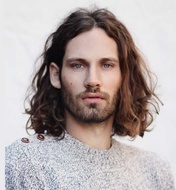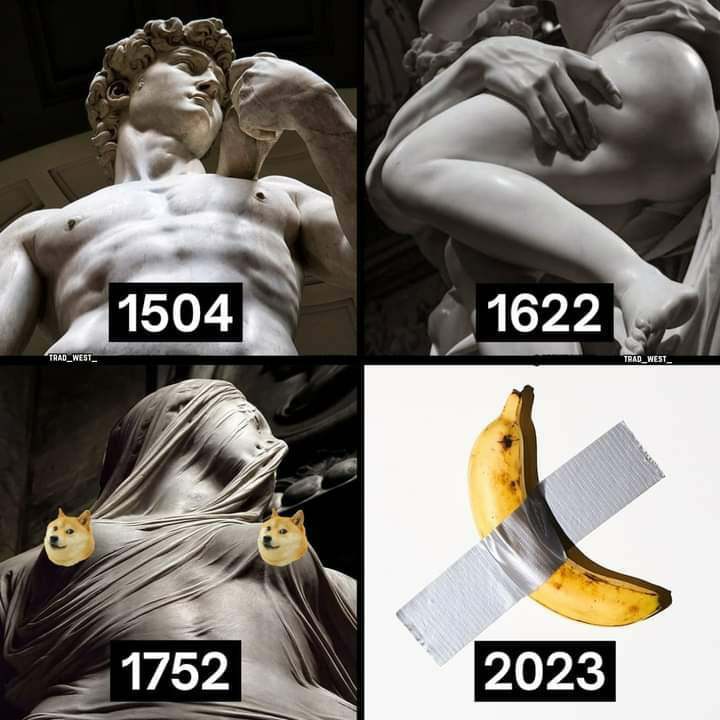
Follow me on other platforms!
@AdamCrigler
https://twitter.com/AdamCrigler
https://www.instagram.com/adamcrigler/
The Erosion of Artistic Essence: A Closer Look at Progressivism and Liberal Art Education
By David K. Cedeno
The world of art has always been a sanctuary for self-expression, a haven for the unvoiced, and a canvas for society's evolution. But as times change, the lens through which we perceive art evolves too. While evolution is often a sign of progress, I can't help but wonder if the progressive ideologies, particularly when emanating from liberal art students, have inadvertently tainted the sanctity of art.
Historically, art transcended boundaries. It was universal, accessible, and most importantly, open to interpretation. Today, however, art seems to be increasingly boxed into socio-political narratives. Liberal art education, championing progressive values, has influenced students to favor art that aligns with certain ideologies while dismissing or even denigrating others. This selective patronage questions the inclusivity of art.
Moreover, the surge of 'cancel culture' – another byproduct of extreme progressivism – threatens artistic freedom. Today, skill is canceled or shunned if art doesn't align with a particular narrative or is deemed potentially offensive (Roache, 2018). This climate stifles artistic creativity and relegates art to just another tool in the arsenal of political warfare.
The classical essence of art – where the primary goal was the pursuit of beauty, aesthetics, and expression – seems overshadowed by the need to send overt socio-political messages. While art has always been a medium for societal commentary, its core wasn't solely activism.
Art schools, once bastions of creativity, now seem more like echo chambers where only certai andartsart The curriculum, instead of broadening perspectives, seems to funnel students into a narrow corridor of thought. This reductionist approach doesn't just do a disservice to the students, but to the entire art community (Kimball, 1990).
In conclusion, while progressivism has its merits and has indeed championed many worthy causes, its overpowering influence on art and liberal arts education seems countersigning. Art, in its purest form, ishould be free, unbounded, and devoid of restrictive narratives. It's essential to revisit the foundations of art and ensure it remains the unfettered expression it was always meant to be.
References:
Kimball, R. (1990). Tenured Radicals: How Politics Has Corrupted Higher Education. Harper & Row.
Roache, R. (2018). Canceling Comedians While the World Burns: A Critique of the Contemporary Left. Zero Books.















